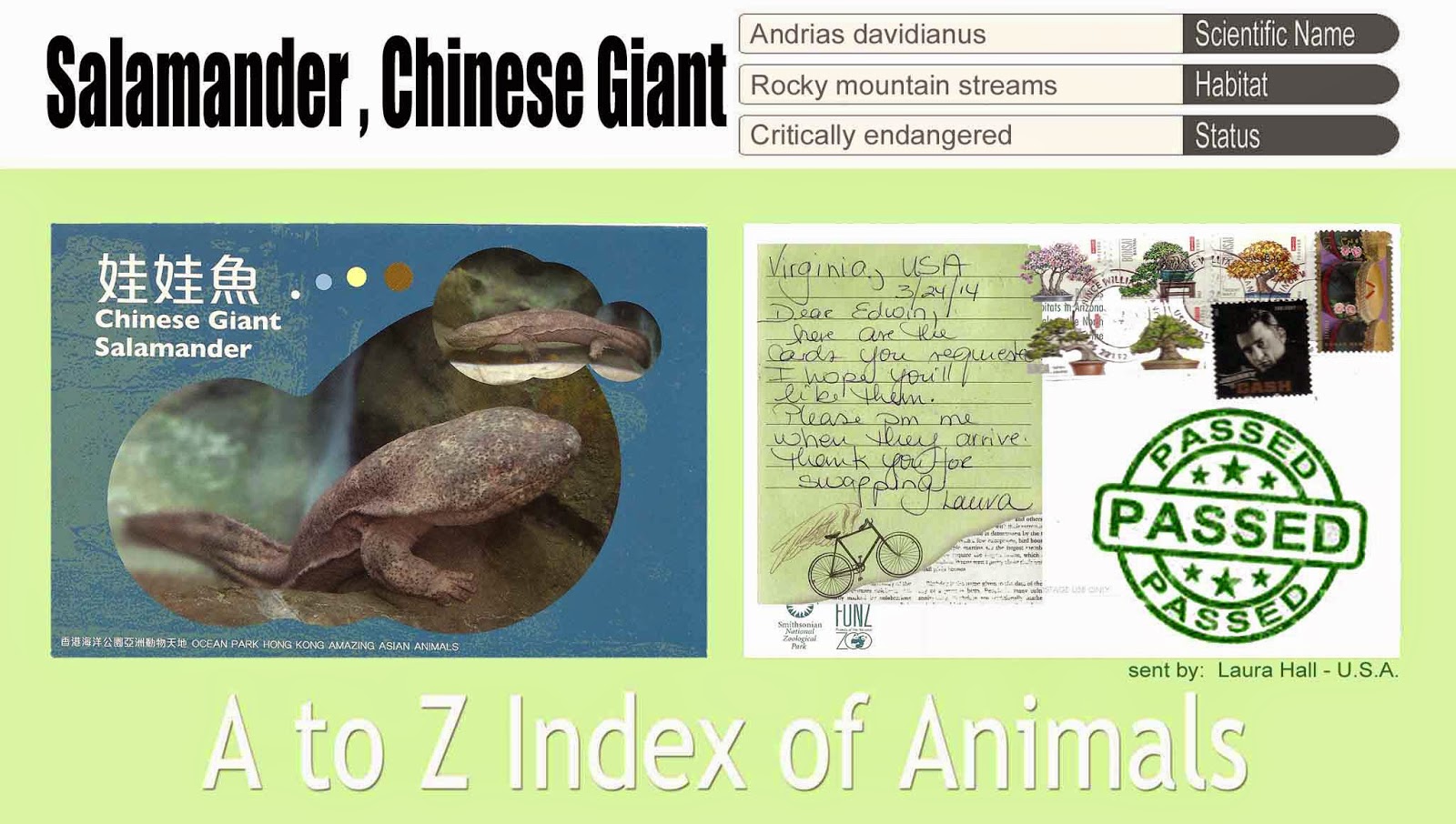
AUSTRALIAN TREE FROG. The Australian green tree frog, simply green tree frog in Australia, White's tree frog, or dumpy tree frog (Litoria caerulea) is a species of tree frog native to Australia and New Guinea, with introduced populations in New Zealand and the United States. The species belongs to the genus Litoria. It is physiologically similar to some species of the genus, particularly the magnificent tree frog (L. splendida) and the giant tree frog (L. infrafrenata). Read more about Australian tree frog HERE.
EUROPEAN TREE FROG. (Hyla arborea formerly Rana arborea) is a small tree frog found in Europe, Asia and part of Africa. Based on molecular genetic and other data, a number of taxa formerly treated as subspecies of H. arborea are now generally recognized as full species. Read more about european tree frog HERE.
GREEN PADDY FROG. occurs in Brunei, Cambodia, Indonesia, Laos, Malaysia, Myanmar, Singapore, Thailand, and Vietnam. Introduced populations are found on Sulawesi and the Philippines. The similar frogs from northeastern India and adjacent regions, formerly included here, are now separated as Hylarana tytleri.
Its natural habitats are subtropical or tropical moist lowland forests, subtropical or tropical moist montane forests, freshwater lakes, intermittent freshwater lakes, freshwater marshes, intermittent freshwater marshes, rural gardens, heavily degraded former forest, irrigated land, seasonally flooded agricultural land, and introduced vegetation.
MARSH FROG. The marsh frog is a water-dwelling, generally green-colored frog species. It can reach a maximum length of 17 centimetres, but males remain smaller (around 12 cm). The head is proportionally large and the hind legs are long, which gives them excellent jumping abilities. It is very similar in appearance to the closely related edible frog and pool frog. Read more about marsh frog HERE.

VENATED GLIDING FROG. The term "gliding" frog refers to its ability to break its fall by stretching the webbing between its toes when making leaps down from the treetops. It can make gliding jumps of 9–12 m, a maximum of about 115 times its length. Read more about venated gliding frog HERE.

JAPANESE GIANT SALAMANDER. The Japanese giant salamander (Andrias japonicus) is endemic to Japan, where it is known as Ōsanshōuo (オオサンショウウオ/大山椒魚?), literally meaning "giant pepper fish". With a length of up to almost 1.5 m (5 ft),[2] it is the second-largest salamander in the world, only being surpassed by the very similar and closely related Chinese giant salamander (A. davidianus). Read more about Japanese giant salamander HERE.













No comments:
Post a Comment